Cooking in Tuscany
By Eva Stelzer
Italy is world renowned for its cooking, but each region brings different flavours and preparation styles to the table. Though pizza is the commonly thought about food, it’s the cooking of Tuscany that makes my mouth water.
Tuscan cuisine is known for the simplicity of preparation, the use of excellent quality produce and locally grown foods. The roots of these foods are in the history of the enigmatic Etruscans, who didn’t actually leave any cookbooks. Archaeological findings suggest that banquets, close-knit families, and eating in groups were an important part of social life. Today’s Tuscan traditions still honour the centrality of food and eating in the company of others. Locals boast that it’s the quality of ingredients and the pleasure of eating, rather than complicated techniques and modern cooking utensils that make perfect Tuscan meals. Most recipes include only 4 to 8 ingredients. Italians still savour their food and prefer to eat in the company of others. Lively conversation is du rigueur. Locals rely on farm-fresh produce and organically grown foods.
Meat is usually stewed, roasted or grilled. Vegetables are cooked simply from an array of the best seasonal ones available. All meals are fortified with a glass of wine… of course!
Of the many cooking experiences I’ve had in Tuscany, two stand out. In the small town of Rocca d’Orcia, less than 20 inhabitants, there’s a restaurant that miraculous fills with clients each night. Locals from neighbouring villages flock to dine at Marta’s. Her recipes are based on mama’s casalingue (or housewife) cooking. My friend and I cooked in her modest kitchen….we barely all fit in, and learned to make perfect pasta by hand. Fresh pasta really is better than store bought. Marta’s sauce has become one of my staple dishes. Made with tomatoes, as one would expect, it included pureed pine nuts. This unexpected addition adds volume to a vegetarian sauce. It also adds nutritional value and delightful nutty flavouring. After cooking, we were escorted to a rustically set table and our foods were plated and served to us. The meal was fortified with lots of full-bodied local red wine. What a pleasure!
My favourite cooking spot is in a Renaissance villa just outside of Florence. The preparation is a bit more regal and elaborate than in the villages. Set in a heritage protected property with colourful gardens and tantalizing foods, the experience is also a great way to see how real families live and cherish their heritage and ancestry. The experience begins with a tour of the organic herb gardens. We are instructed to smell, feel and taste the various greens. Of course we select fresh herbs for our cooking lesson.
Our meal consisted of spinach crepes, artichoke pie, meat stewed in wine and fresh herbs, crispy potatoes, and tiramisu. It might sound like too much food, but enough wine it all works out.
After cooking, Chef Costanza sends guests out into the garden for a glass of prosecco. She says you need to clear the nose of cooking smells in order to better appreciate the food. While we got intoxicated from the scent of fresh flowers, Costanza’s crew set a lavish table and invited guests back into the villa to dine, feasting on their creations.
 A not to be missed part of Tuscan cooking is breakfast. It is in fact one of Tuscany’s most delicious meals. Who can complain about starting the day with dessert? The custom is to have a good cappuccino with a piece of sweet jam tart. It’s an easy custom to get used to. At Florence’s Hotel Il Guelfo Bianco, the chef’s freshly baked crostata is a sensory delight. The sweet jam oozes your mouth as the buttery crust crumbles onto your tongue. Manager Antonella Rocchini says the chef can be heard humming and whistling while baking. “Of all the treats on our menu, crostata is the most popular” she adds. After devouring too many pieces of the lattice masterpiece, I agree.
A not to be missed part of Tuscan cooking is breakfast. It is in fact one of Tuscany’s most delicious meals. Who can complain about starting the day with dessert? The custom is to have a good cappuccino with a piece of sweet jam tart. It’s an easy custom to get used to. At Florence’s Hotel Il Guelfo Bianco, the chef’s freshly baked crostata is a sensory delight. The sweet jam oozes your mouth as the buttery crust crumbles onto your tongue. Manager Antonella Rocchini says the chef can be heard humming and whistling while baking. “Of all the treats on our menu, crostata is the most popular” she adds. After devouring too many pieces of the lattice masterpiece, I agree.
Tuscan food requires an infectious appreciation and passion for fresh ingredients and simple preparation. I’ve been in some cubbyhole kitchens where I’m amazed at what comes out of them without a name brand cooking gadget in sight.
Come cook with us in Italy. My next article will feature a 5-day adventure into the cooking and culture of Florence. If you would like to know more about cooking in Tuscany, or if you’d like to join me on my next cooking adventure in Florence send me an email at info@eviactive.com
Images courtesy of Eva Stelzer.
Eva Stelzer, former academic writer-turned-freelancer, specializes in travel, fitness, and anything active. She calls Montreal home, has studied in Paris, France and Cuenca, Spain and has lived in Italy. She speaks English, French, Spanish, and Italian.
Follow Eva’s blog posts


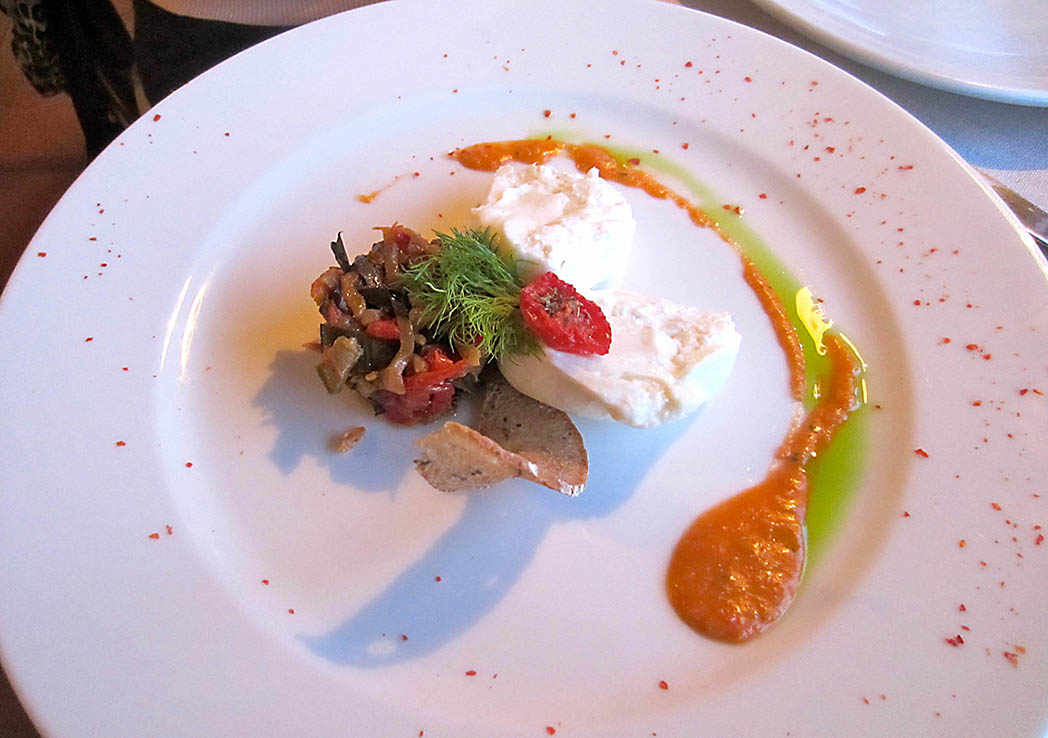
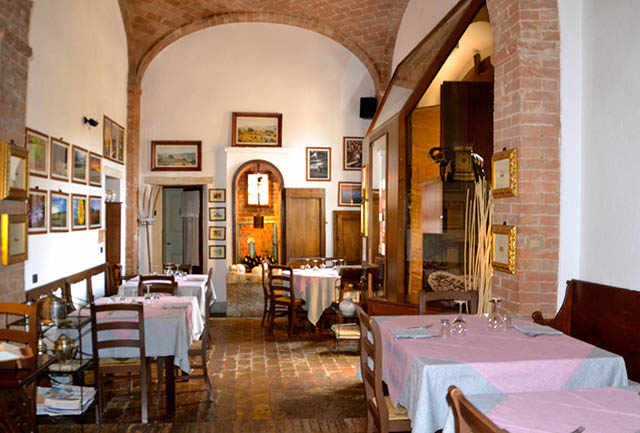

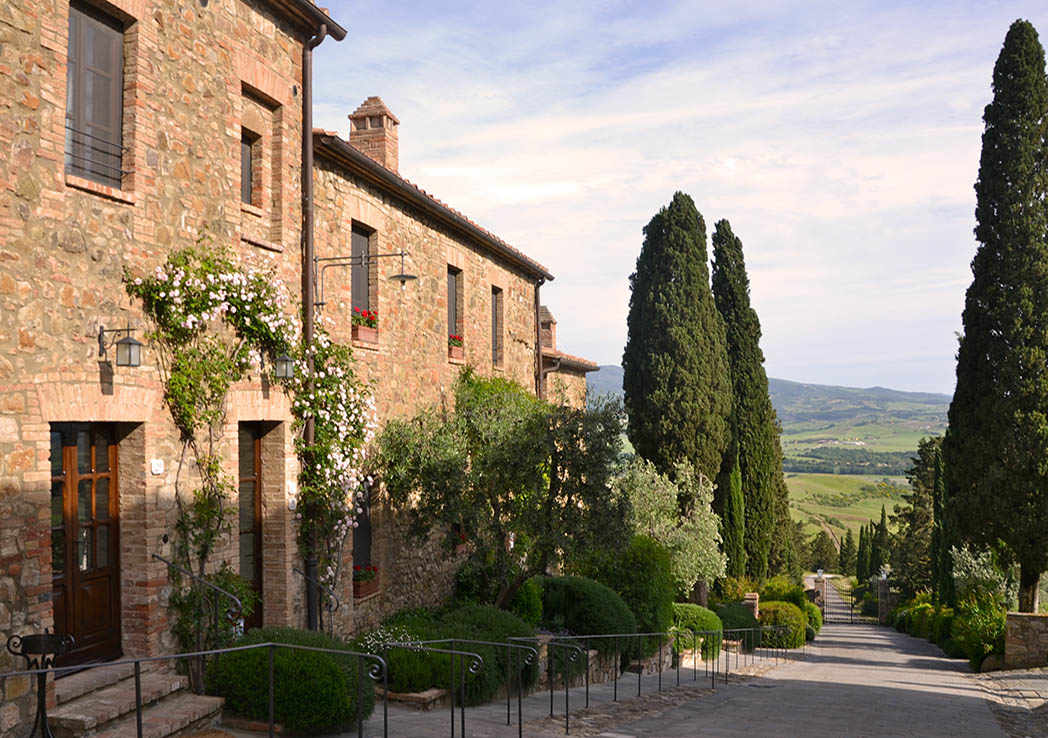
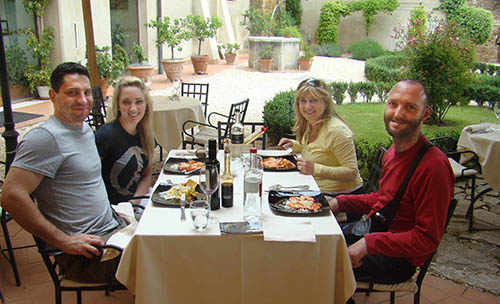



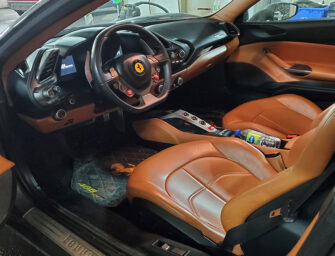
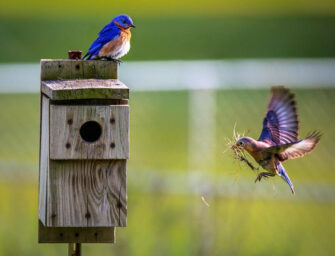

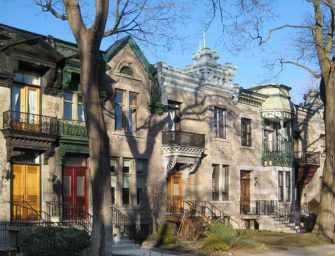


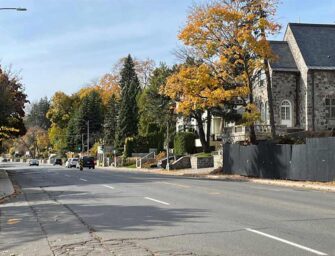
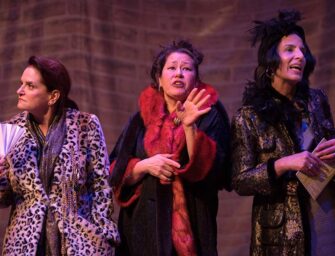



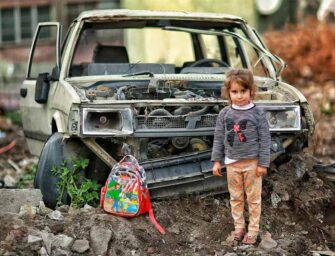


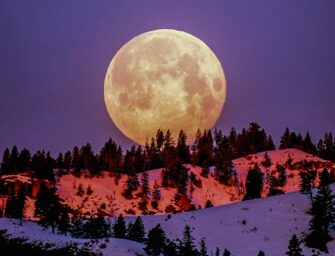

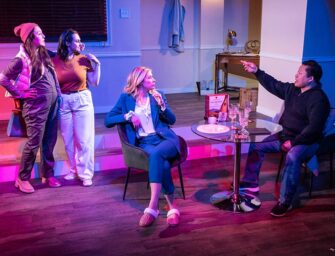
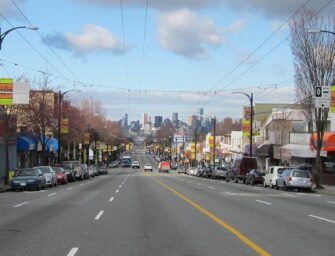





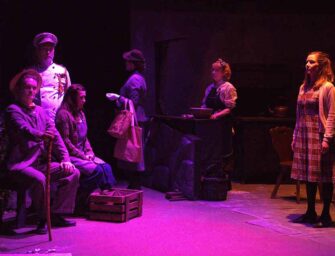

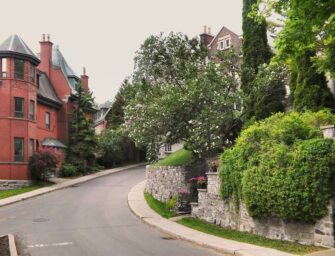


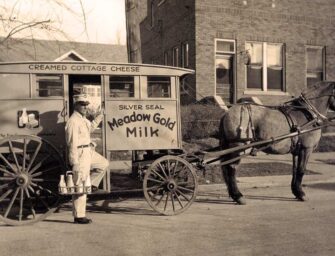
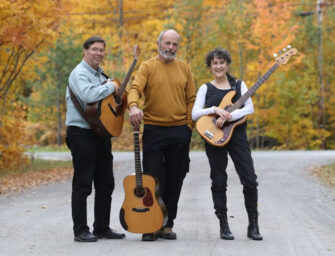

There are no comments
Add yours